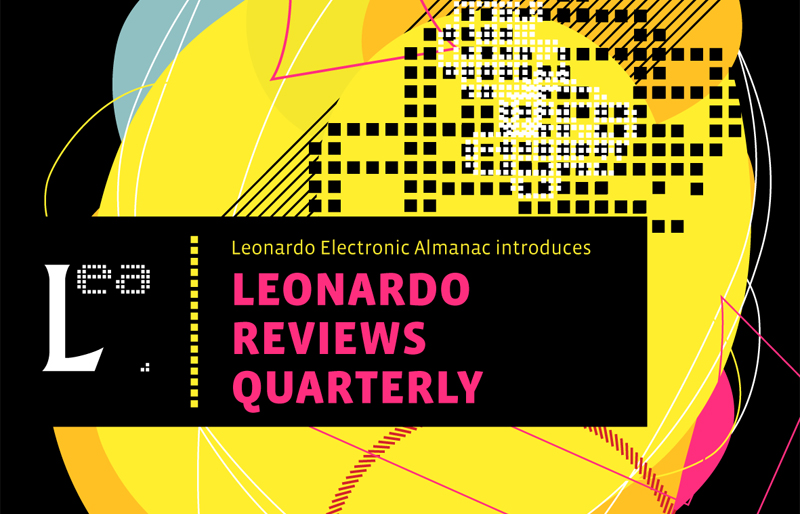
Imagining Science: Art, Science and Social Change
by Sean Caulfield and Timothy Caulfield, Editors
University of Alberta Press, Alberta, CAN, 2008
148 pp. Paper, $34.95
ISBN: 978-0-88864-508-1.
Reviewed by Michael R. (Mike) Mosher
Saginaw Valley State University
Biotechnology is everywhere. One of my university colleagues was recently faced with the decision of a mechanical or pig heart valve replacement. Biotech has also served as both inspiration, and medium, for a variety of artists’ practices. Sean Caulfield is an artist and Professor of Printmaking in the Department of Art and Design at the University of Alberta. His brother Timothy Caulfield, a lawyer and professor, is involved in social issues of biotechnology. The two of them collaborated in the planning on an exhibit at the Banff Centre, and the production of this book.
Here is Eduardo Kac’s fluorescent rabbit, by now almost the Gatorade-green logo for biotech art, or perhaps even biotechnology in general (I mean, could you pick out Dolly the sheep in a flock?). Kac’s “Lagoglyphs: The Bunny Variations” are attractively sketchy silkscreen prints in black ink overlaid by that luminous green. They have the impatience of a harried genetic experimenters’ dashed-off lab notes, while also reminding viewers of the passionate brushwork of the COBRA painters in Europe in the 1950s.
Yet beyond the bunny can be found sadness too. There are the moody performance photographs, reminiscent of cinema stills, by Jason Philip Knight and Fiona Annis, in the series “for anna (death in labour)”. At the Transgenic Pheasant Embryological Arts Lab at Leiden University, Adam Zaretsky created poignant monuments to halted moments in the gestation of the birds therein employed. And almost equally momentary, Christine Davis projects slides of colored abstract shapes of upon the wings of Morpho butterflies.
Perhaps we need a word like “scientistic” for artwork that is intuitive and dreamed-up, yet looks like a laboratory experiment. This would include Lyndal Osborne’s installations like “Endless Forms, Most Beautiful”. Much like Beauvais Lyon’s lithograph of nonsensical internal human anatomy, Sean Caulfield’s prints allude to scientific illustration. These prints have the quality of a researcher’s dutiful notebook sketches, making use of short strokes, like hair. Their delicacy is contrasted with Royden Mills’ large sculptures, suggesting antique iron equipment used in the generation of steam power.
From Timothy Caulfield’s side of the house come a series of speculative essays. Cynthia B. Cohen contributes “Half Human, Half Beast? Creating Chimeras in Stem Cell Research,” documenting implantation human cellular material into mouse cells. Many leading stem cell researchers have left the United States for Canada rather than have their work hobbled by restrictive radical Christianist policies promulgated by the previous US President. Trudo Lemmens reflects thoughtfully upon legal rights over once living “reproductive material,” and thoughts and feelings brought up by imagery of Dr. Von Hagen’s plasticized pregnant woman, with a five-month-old fetus, from the “Body Worlds” exhibition. Bartha Maria Knoppers praises poetry as a tool of rational policymaking, and Jonathan Locke Hart contributes an amateurish, old-fashioned poem “Imagining Science”. In some cases it seems like the non-artists make odd generalizations about what artists do.
Sometimes in Imagining Science there’s a bit of a disjuncture between the essay and the artwork inserted into it; the mind strains to see the image as an “illustration”, whereas its juxtaposition may only be random. But Imagining Science is a handsome and thought-provoking book, for university library, home, or doctor’s office.
Leonardo Reviews is a scholarly review service published since 1968 by Leonardo,The International Society for the Arts, Sciences, and Technology. Publishers and authors interested in having their print or electronic publications considered for review by the panel should contact Michael Punt, Editor-In-Chief, Leonardo Reviews.
Files:
